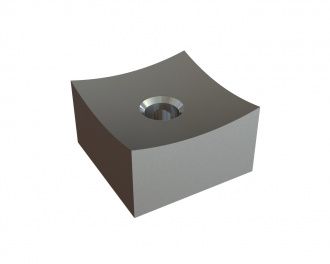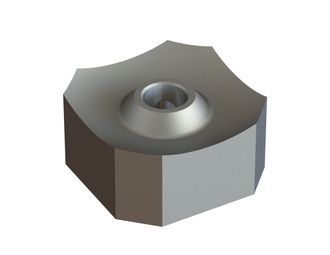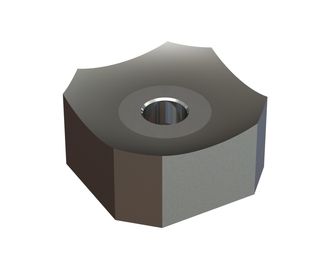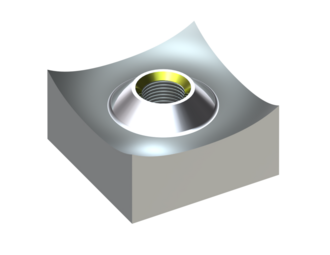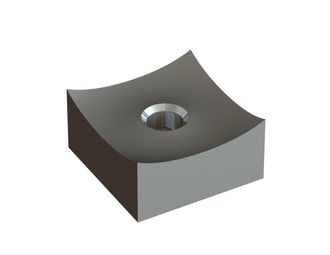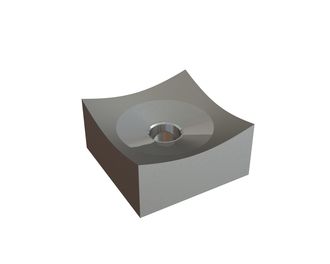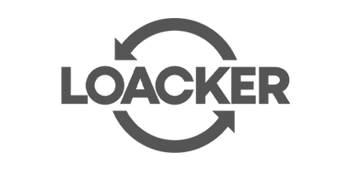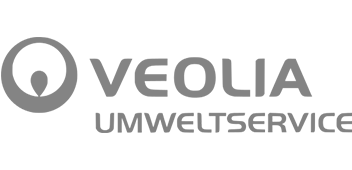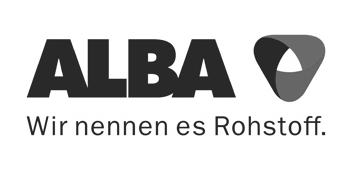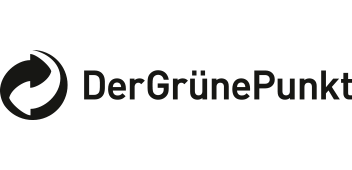Data carrier and file destruction
Every year, countless tons of sensitive data and files accumulate in Europe that must be securely destroyed to avoid data protection risks. CUTMETALL products enable data and file destruction systems to be made more efficient and ensure reliable destruction that meets the highest security standards.
View our products
View our products
Reliable safety
CUTMETALL has the right blades, blade holders, and screens for every input material, so you can find the optimal solution for every application. All parts from a single source!
Robust cutting crowns
for maximum efficiency
for maximum efficiency
Our cutting crowns, made from particularly hard materials, ensure longer cutting cycles. This means greater efficiency and a longer service life for your machines.
Durable screens for
consistent output
consistent output
CUTMETALL screens made of hardened Hardox steel are more robust and durable than conventional alternatives. This results in longer service life and higher throughputs – a clear advantage for your business.
Perfect adaptation
to your input material
to your input material
CUTMETALL has the right blades, blade holders, and screens for every input material, so you can find the optimal solution for every application. All parts from a single source!
Efficient solutions for file and data carrier recycling
Companies must destroy sensitive data in accordance with the law. This poses challenges for recyclers: strict data protection requirements, varying material hardness, and high machine wear complicate the process.CUTMETALL offers customized wear and replacement parts for the safe and efficient shredding of paper files, hard drives, CDs, and storage media. Our solutions ensure:
- Resistant cutting tools for various materials
- Optimized machine performance thanks to durable components
- Reduced maintenance costs and extended service life
- Efficient and legally compliant data destruction
With CUTMETALL, you can increase the process reliability and cost-effectiveness of your recycling plants. Let our experts advise you!
Go to registration page

An insight into the process of data carrier and document destruction

Acceptance and preparation
Safe handling of sensitive data must be ensured right from the moment it is received and prepared.

shredding
Data misuse is prevented with the help of precise industrial knives and shredders from CUTMETALL.

Processing and recycling
CUTMETALL technologies enable effective processing of shredded materials for recycling, thereby increasing sustainability.

What does file and data carrier destruction mean?
File and data carrier destruction refers to the process of securely and permanently destroying both physical documents and digital data carriers. It is a central component of the circular economy. This type of recycling not only protects sensitive data in our society and helps to comply with legal requirements, but also creates space in offices and archives. It also contributes to reducing waste and supports the environmentally friendly recycling of used materials.What are the challenges involved in document and data carrier destruction?
The destruction of files and data carriers faces various challenges, particularly with regard to the requirements of the German Closed Substance Cycle Waste Management Act (KrWG). This law requires that raw materials be recycled as much as possible—whether it be paper from analog file folders or valuable materials such as polycarbonate from CDs, DVDs, and Blu-ray discs, as well as rare raw materials in USB sticks and hard drives.
In practice, however, it is challenging to completely separate these materials before grinding. Often, inhomogeneous material enters the grinder, leading to premature wear of the knives and knife holders. This, in turn, causes frequent and costly component replacements.
In addition, increasingly stringent data protection regulations must be observed. Recyclers therefore often offer special security containers to protect data from different companies during the disposal process. Furthermore, there are various standards and security levels for the destruction of paper documents and data carriers, which must also be complied with to ensure legally compliant and secure disposal.
In practice, however, it is challenging to completely separate these materials before grinding. Often, inhomogeneous material enters the grinder, leading to premature wear of the knives and knife holders. This, in turn, causes frequent and costly component replacements.
In addition, increasingly stringent data protection regulations must be observed. Recyclers therefore often offer special security containers to protect data from different companies during the disposal process. Furthermore, there are various standards and security levels for the destruction of paper documents and data carriers, which must also be complied with to ensure legally compliant and secure disposal.

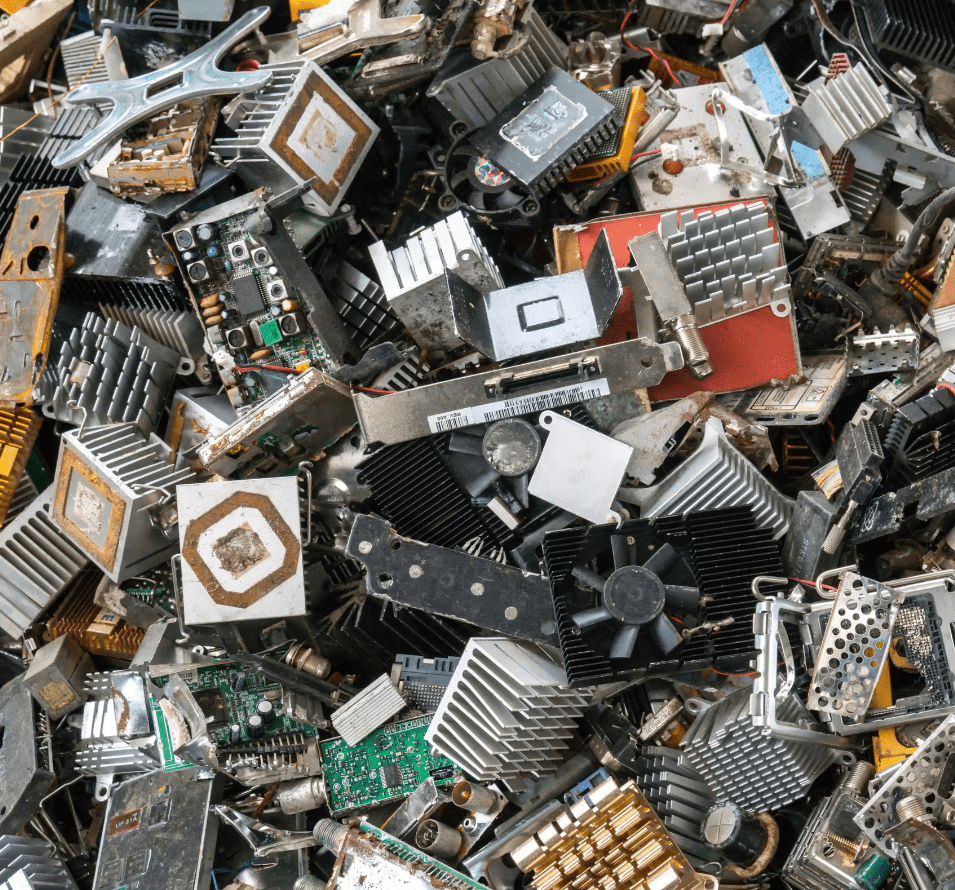
What are typical problems associated with file and data carrier destruction?
Typical problems
What happens if data carrier and file destruction fails?
When destroying data carriers and files, it is crucial that all sensitive information is completely and irrevocably destroyed. If destruction fails, there are clear procedures in place: the affected materials are immediately destroyed again, quality controls and random checks verify the processes, and errors are documented. If necessary, the incident is reported and analyzed to improve the process. The material is stored securely until it is destroyed again, and staff are regularly trained to avoid such errors.


Germany vs. USA
When comparing document and data carrier destruction in Germany and the US, there are a few important differences:Regulatory framework: In Germany, strict data protection laws such as the GDPR provide clear guidelines for the secure destruction of sensitive data. In the US, there is no uniform national regulation. Laws such as HIPAA and FACTA only apply to certain sectors, resulting in less uniform regulations.
Destruction standards: Germany sets very high standards, often in accordance with DIN 66399, which defines various security levels. In the US, the level varies, with NAID certification being widespread but not mandatory across the board.
Responsibility: In Germany, companies have a greater obligation to prove that data has been securely destroyed. In the US, companies have more responsibility and the obligations to provide proof are less strict.
Outsourcing vs. in-house: In Germany, destruction is usually outsourced to specialized and certified service providers. In the US, there are both outsourcing and in-house solutions, depending on the size and structure of the company.
Environmental aspects: Germany attaches great importance to environmentally friendly disposal and recycling of materials. Environmental aspects are also taken into account in the US, but are often less strictly regulated.
Technological status: Germany frequently uses state-of-the-art technologies for destruction, such as sophisticated shredders. In the US, there is a wider range of methods, from state-of-the-art facilities to simpler solutions.
Awareness of data security: In Germany, awareness of data protection is generally high among the population and in companies. Awareness is also growing in the US, but is often less pronounced than in Germany.
Overall, Germany has stricter and more uniform standards for document and data carrier destruction, while practices in the US can vary more widely. However, both countries are increasingly recognizing the importance of secure and efficient destruction methods.


